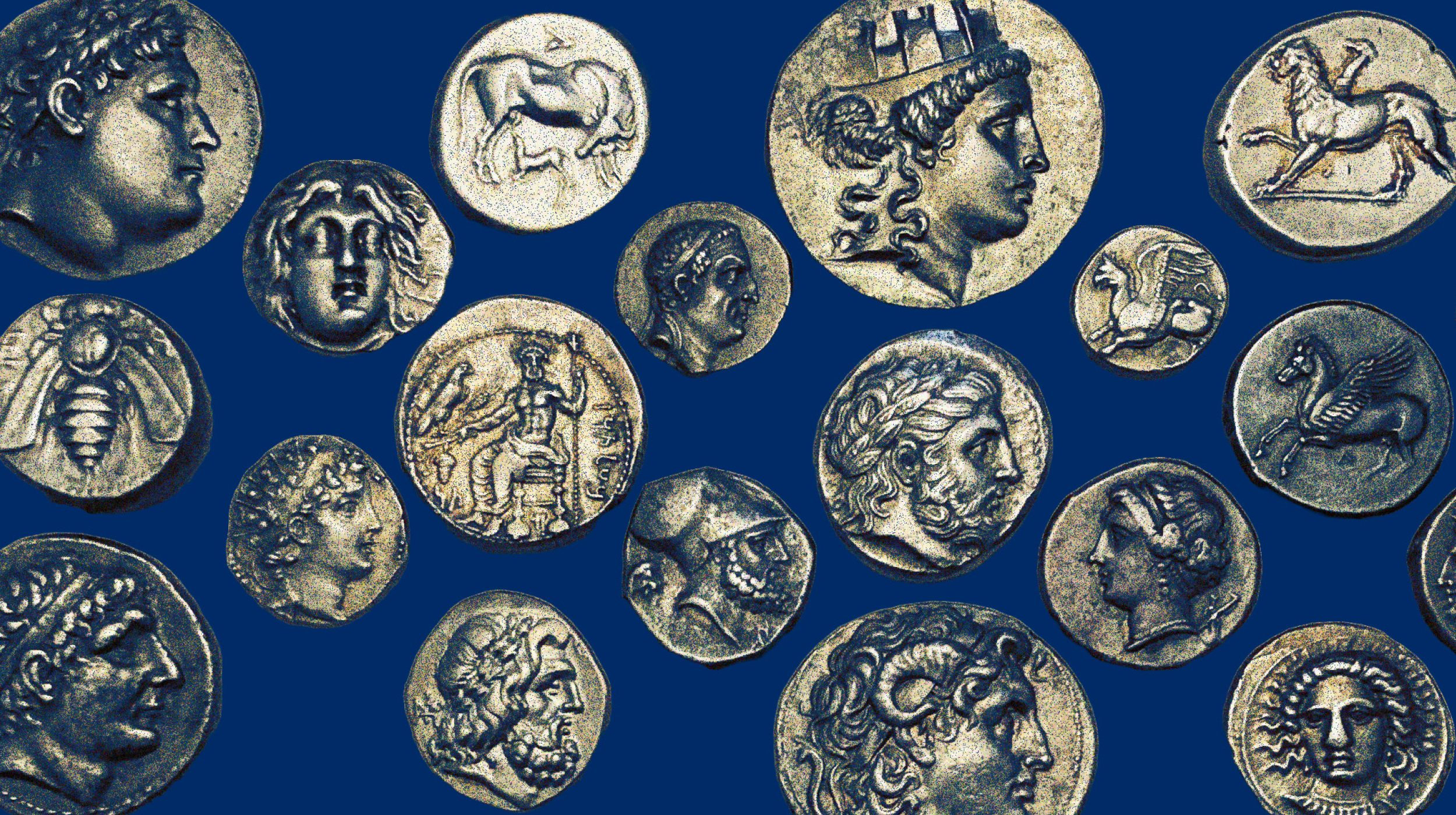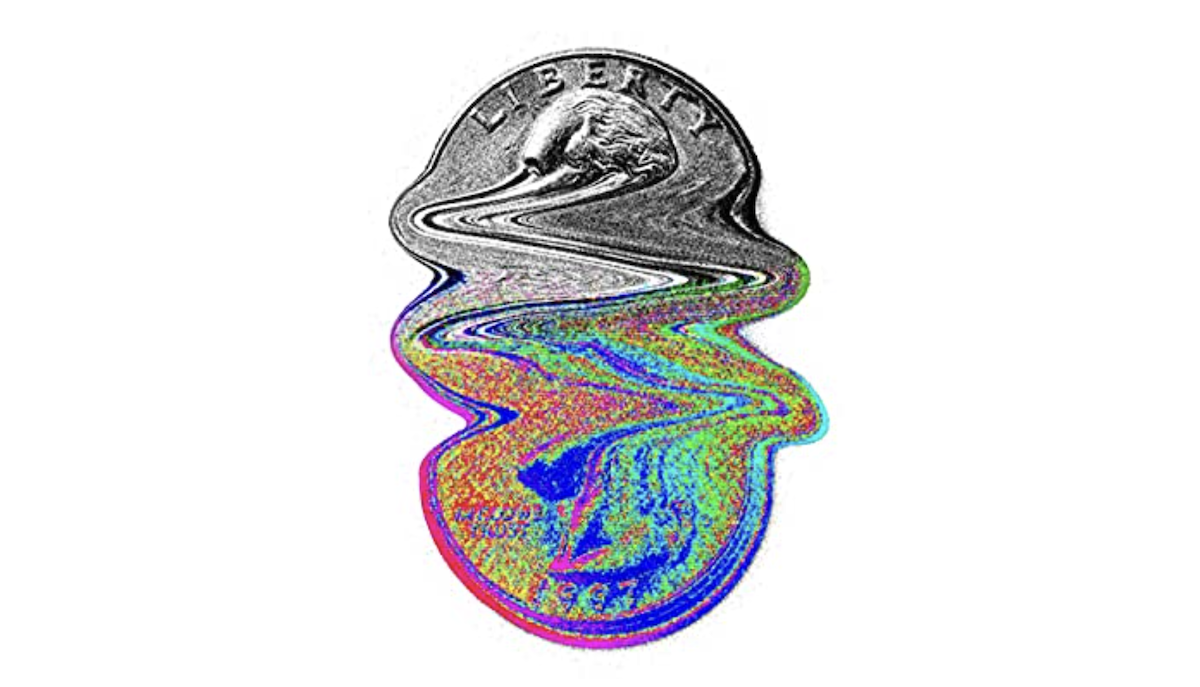How Digital Money Spurs Digital Innovation

What’s the Latest Development?
Rather than exclude citizens who are less tech savvy, moving cash and coin to digital currency will open an exciting new economy of digital innovation. Companies started in Silicon Valley are already rushing to roll out new digital financial services, wanting to cash in on society’s move toward becoming cashless. Even American Express, representing the finance industry’s old guard, is introducing digital products to help lower-income Americans participate in the digital economy through their Facebook profiles. Sweden has been the most aggressive country yet in establishing a digital financial industry.
What’s the Big Idea?
Cashless technology is the best way yet to unlock the economic potential of every single person. In many areas of the world, digital money may pass right by cash and coin to provide currently unbanked citizens with access to a wider economy, just as wireless Internet is bypassing wireline connections where no infrastructure exists. In Kenya, for example, poor citizens can use a digital financial service called M-Pesa which has resulted in over $8 billion in transactions that would not have otherwise occurred. With digital transactions, however, there is no such thing as anonymity, perhaps further conflating identity with what we buy.
Photo credit: shutterstock.com





